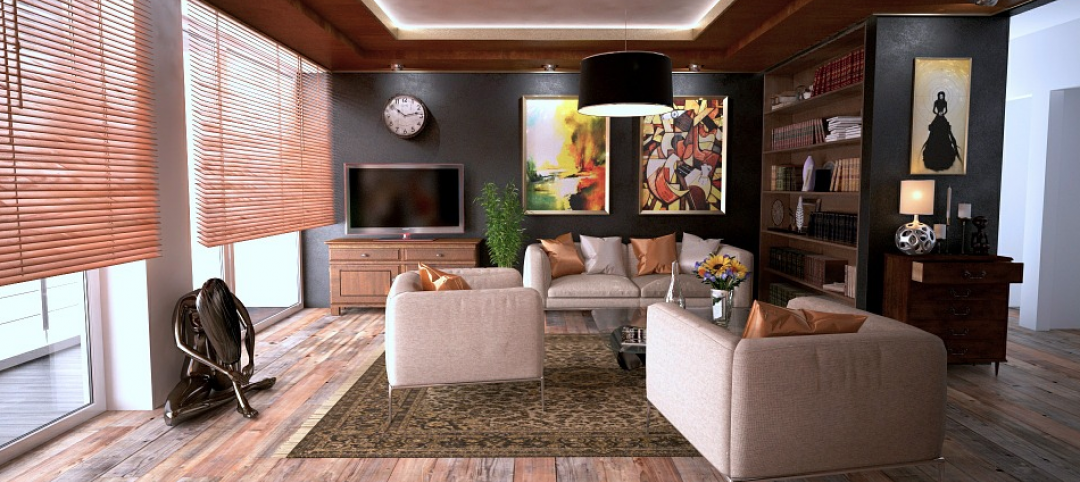The volatile U.S. multifamily housing market has returned to pre-recession investment levels, driven largely by Millennials putting off home-buying and settling for rentals, but in the long term it will be baby boomers that will drive the market as they downsize, according to the Kansas City Federal Reserve.
Millennials, those born between 1980 and 2000, have shown strong interest in apartments as the economy has recovered, partly because of a preference for city living but also because they are delaying marrying and having children due to debt and unemployment.
Kansas City Fed senior economist Jordan Rappaport wrote in a report that the share of young-adult households renting apartments in multifamily units decreased from 2000 to 2007 when looser mortgage credit standards and expectations of rising house prices made home ownership more attractive, but the share has since returned to normal levels.
Older Americans, meanwhile, are "increasingly downsizing" to apartments, generally beginning around age 70 and doing so more often by age 75, Rappaport wrote.
The oldest baby boomers will turn 70 next year, and the number of Americans aged 70 and older will increase by more than 20 million in the next 15 years, the Census Bureau projects.
"In consequence, multifamily home construction is likely to continue to grow at a healthy rate through the end of the decade and thereafter remain well above its level prior to the housing crisis," the report said.
Building permits for the multifamily segment soared 24.9% in May, and permits for buildings with five or more units reached their highest level since January 1990.
The report said that builders would need to adapt to the changing trends because while millenials lived in compact city spaces, older buyers tended to want more space and amenities.
(Reporting by Megan Cassella; Editing by Andrea Ricci © Copyright Thomson Reuters 2015)
Related Stories
Multifamily Housing | Jul 19, 2018
Multifamily market stays hot in first half of 2018
The average rent grew by $12 in June, to an all-time high of $1,405, according to a survey of 127 markets by Yardi Matrix.
Multifamily Housing | Jul 18, 2018
First apartment building funded by Massachusetts’ workforce housing subsidy program opens
The transit-oriented Gateway North Residences is centrally located in Lynn, Mass.
Codes and Standards | Jul 17, 2018
NIMBYism, generational divide threaten plan for net-zero village in St. Paul, Minn.
The ambitious redevelopment proposal for a former Ford automotive plant creates tension.
Codes and Standards | Jul 17, 2018
In many markets, green features are more of a requirement for apartment renters
Renters in many U.S. cities have come to expect green features in apartments that they rent, with an eye toward energy efficiency and healthy indoor air.
Multifamily Housing | Jul 13, 2018
Student housing vs. multifamily housing—what are the differences?
While student and multi-family housing share a common building form, it’s the student resident that drives the innovation of new spaces.
Multifamily Housing | Jul 11, 2018
Meet the ‘CoHaus’: N.Y. developer unveils large-scale flats concept for boomers, Gen Xers
With its new CoHaus development, Ward Capital Management is betting on baby boomers downsizing and Gen Xers upsizing.
Sponsored | Multifamily Housing | Jul 10, 2018
Renovated mixed-use development features more desirable rentals
Multifamily Housing | Jul 2, 2018
17-unit condominium will rise one block south of Sunset Boulevard in West Hollywood
SPF:architects is designing the building.
Multifamily Housing | Jun 27, 2018
To take on climate change, go passive
If you haven’t looked seriously at “passive house” design and construction, you should.
Market Data | Jun 19, 2018
America’s housing market still falls short of providing affordable shelter to many
The latest report from the Joint Center for Housing Studies laments the paucity of subsidies to relieve cost burdens of ownership and renting.
















